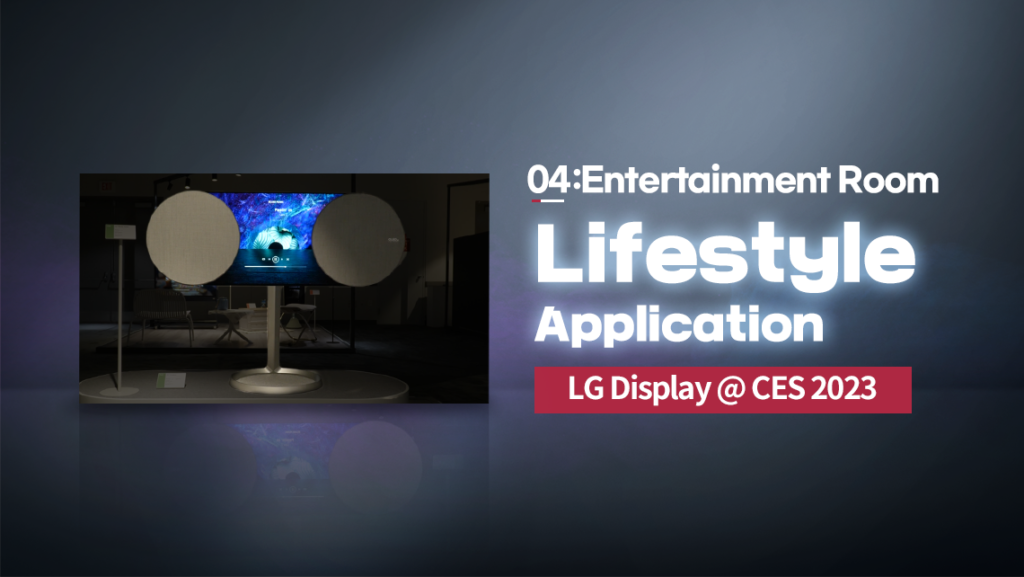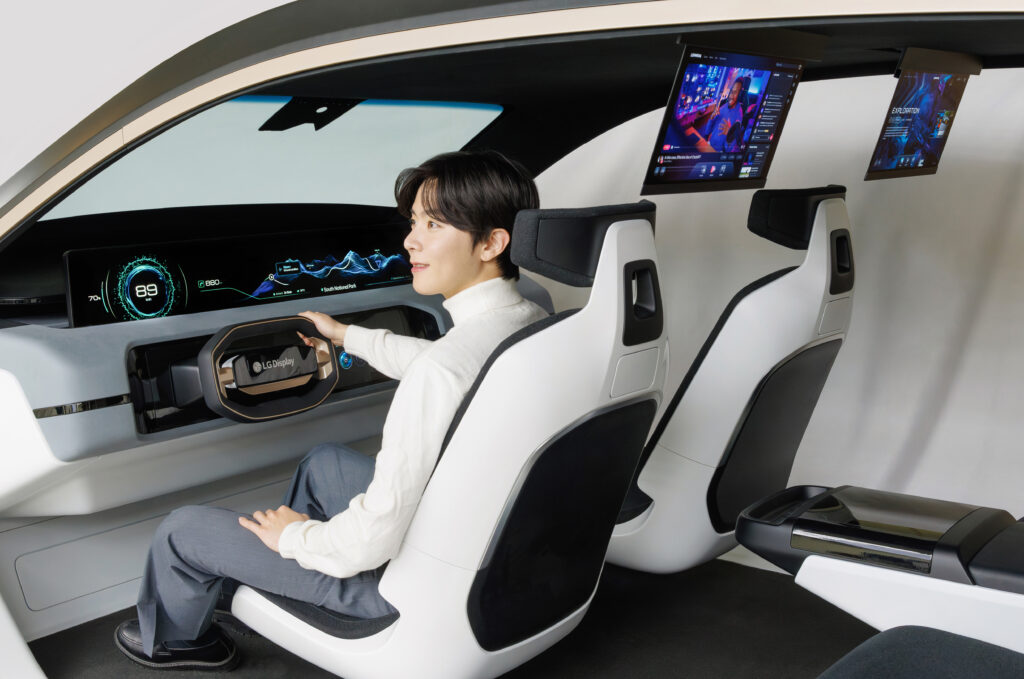
With the emergence of electric vehicles and fully autonomous vehicles soon to enter our lives, the automotive industry is ever shifting from analog machines to Software Defined Vehicles (SDVs) driven by various semiconductors, telecommunications systems, sensors, and batteries that provide various connectivity and digital services for drivers and passengers.
The cars of today are essentially becoming tech products before our very eyes. Just like we would receive over-the-air upgrades for our mobile phones, applications in our cars can do the same in real time. How will this ‘smartphone on wheels’ concept have a profound impact on the automotive industry? Let’s find out.
SDV’s Impact on the Automotive Display Industry
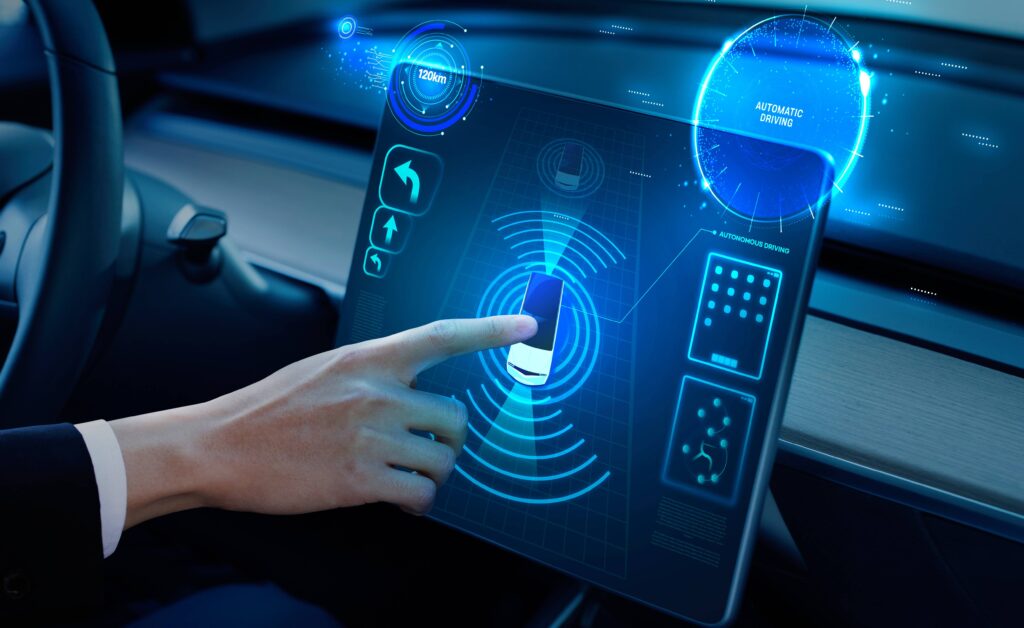
A Software Defined Vehicle is the next-generation form of mobility that allows it to evolve during their life cycle. Its autonomous and connectivity capabilities, which can be upgraded in real time, further enhance navigation, connectivity, and safety features. Because software will be the biggest contributor to this technology, SDVs require that the electronics architecture and hardware be designed to support the software and not the other way around.
The shift towards SDVs also affects the automotive display sector in the form of ‘screenification’, which refers to the rise in the number of automotive displays to offer passengers various driving information, vehicle updates over-the-air (OTA), and entertainment functions such as movies.
In line with this screenification trend, LG Display is unveiling its diverse range automotive display solutions at CES 2024 to exhibit the next generation of displays set to adorn future vehicles.
The Best Automotive Display Solutions for Tomorrow
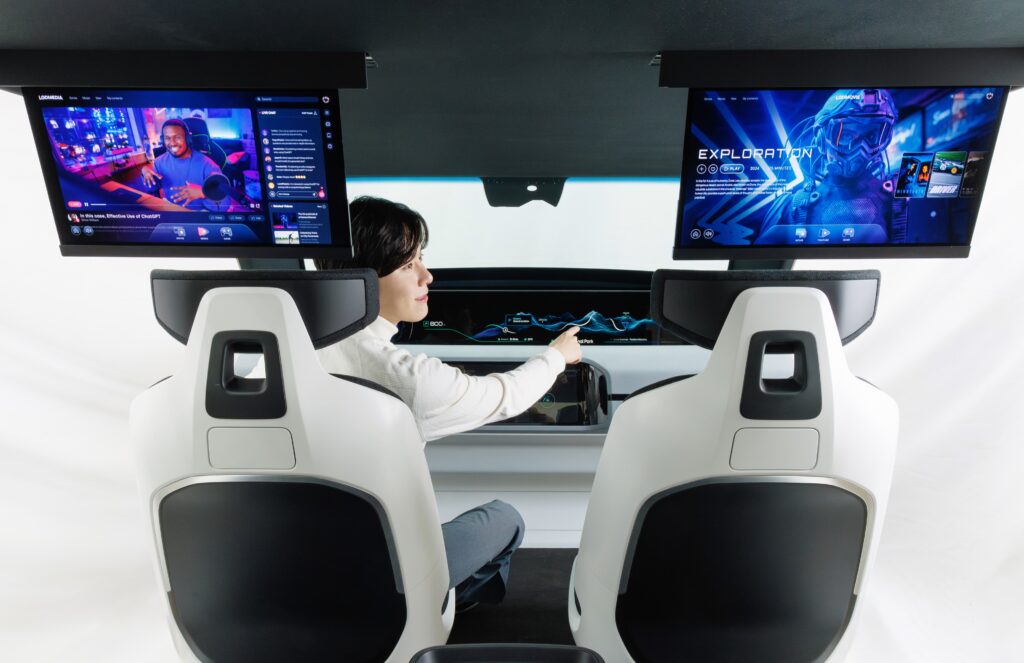
Since developing and mass producing the industry’s first Tandem OLED for automobiles in 2019, LG Display has created a range of next-generation automotive display solutions, including P-OLED, ATO, and LTPS LCD that are optimized for SDVs.
P-OLED is an ultra-high resolution premium lineup that utilizes a flexible plastic substrate, making it lightweight and bendable. Its lighter weight and energy efficiency is perfect for electric vehicles. ATO replaces P-OLED’s plastic substrate with a glass substrate to retain the differentiated values of an automotive OLED at a reasonable price point. Lastly, LTPS LCD stands out for its superior performance on a larger display with higher resolution compared to conventional LCDs.
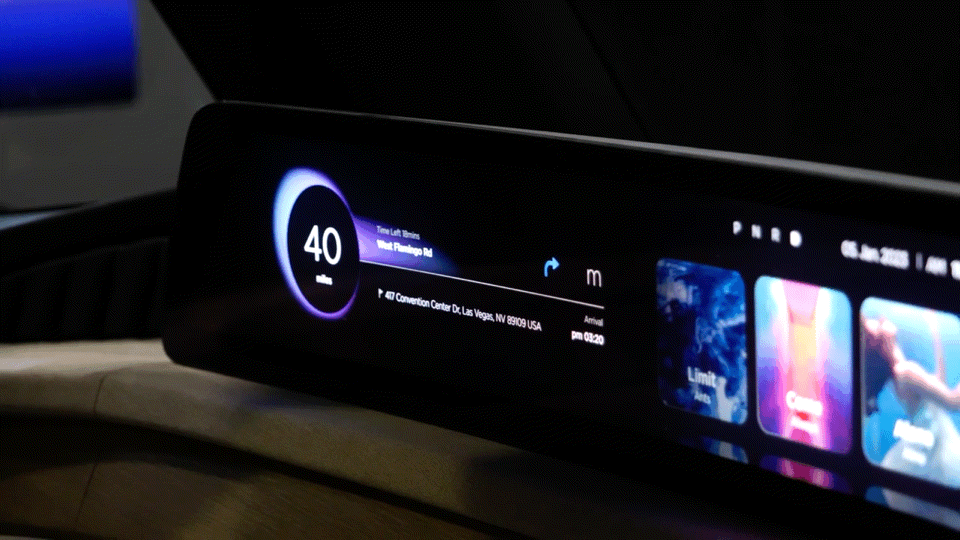
In addition, LG Display will introduce the ‘Switchable Privacy Mode (SPM)’ and Slidable OLED. The Switchable Privacy Mode is a safety enhancement solution that automatically adjusts the display’s viewing angle away from the driver’s line of sight to keep their eyes focused on the road.
The Slidable OLED is an innovative form factor designed to maximize efficiency within the limited space of a vehicle – it can be concealed inside the ceiling above the rear seats and can be extended downwards when you wish to watch a movie, catch up on the latest news, or hold a video conference on an immersive OLED display.
LG Display’s Dominance in the Automotive Display Market Marches On
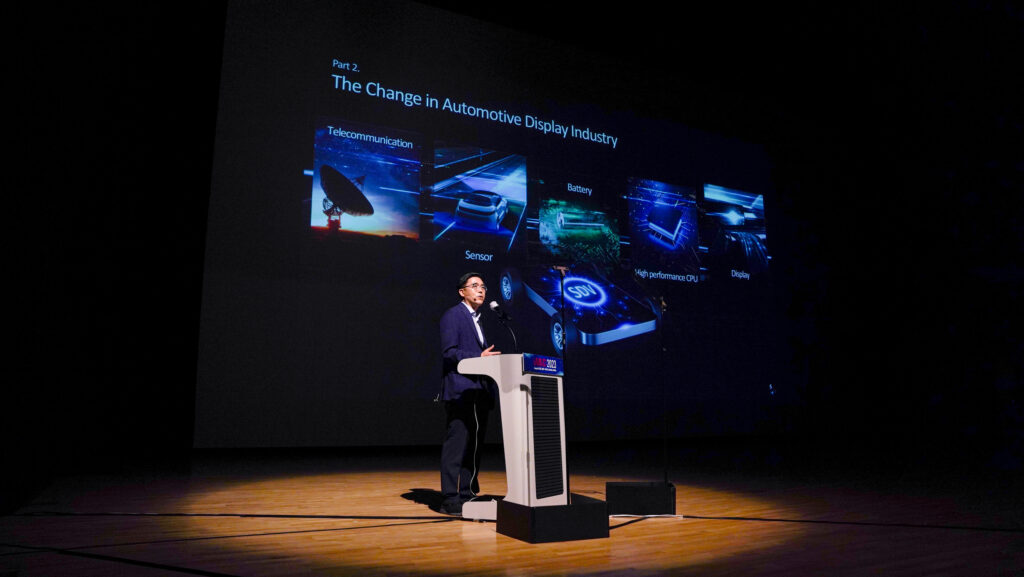
Thanks to LG Display’s groundbreaking advancements in its OLED technology, the company’s automotive OLEDs are being seamlessly integrated into the design of vehicles by nine global premium car manufacturers across Europe, North America, and Korea. At IMID 2023, Head of LG Display’s Auto Business Group Byung-koo Kim highlighted the company’s latest achievements and announced a goal to surpass 50% of the total market share of the entire automotive display market by 2026.
As the world’s number one manufacturer of automotive displays, LG Display plans to introduce innovative and high-quality automotive displays to revolutionize future driving experiences. With its technological prowess, expect LG Display to unveil ‘A Better Future’ at CES 2024!




